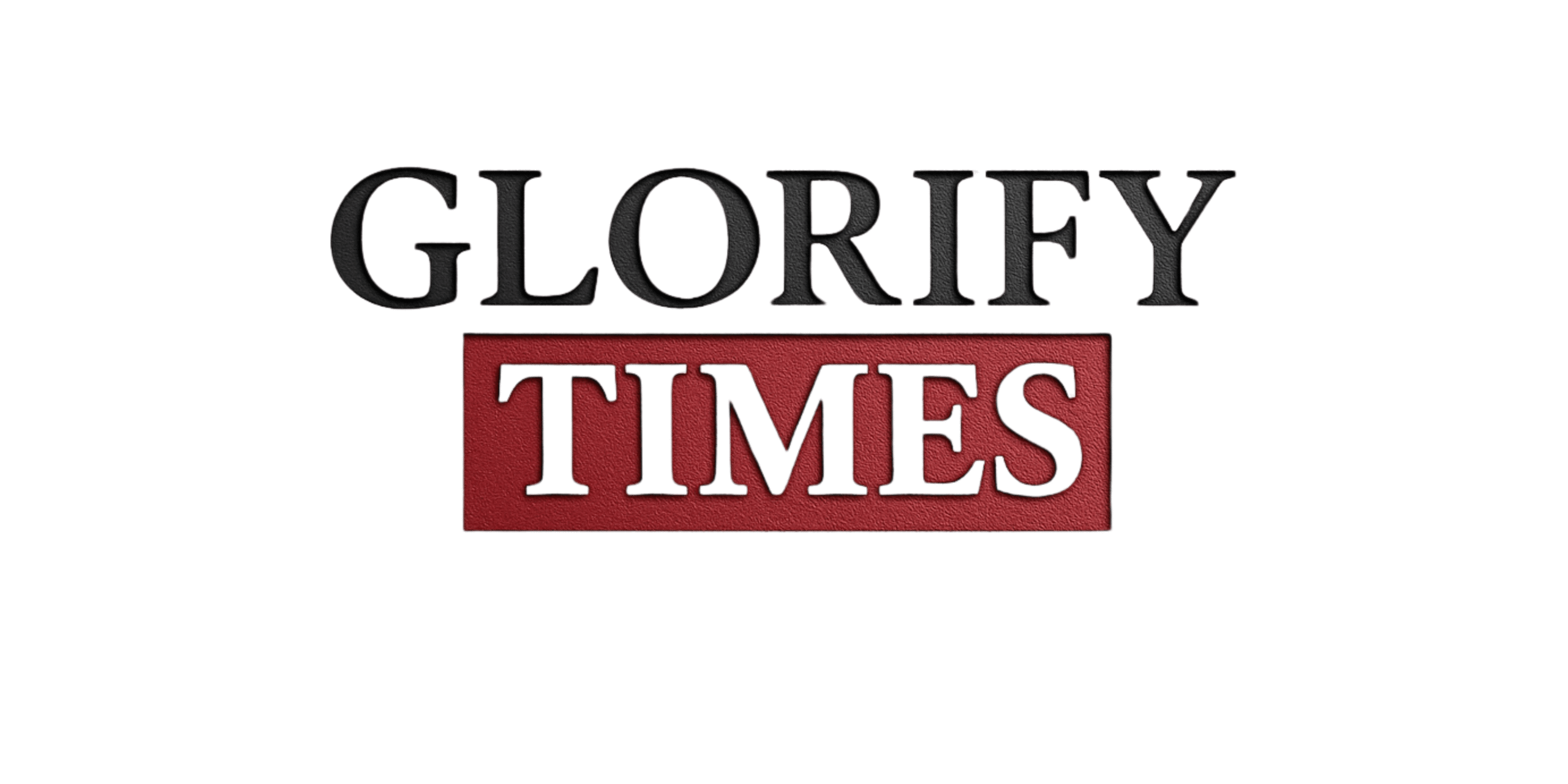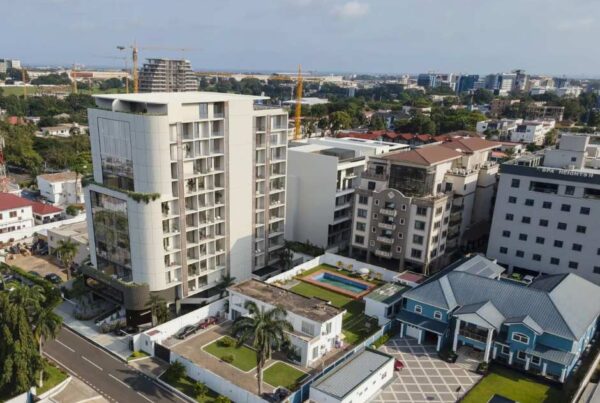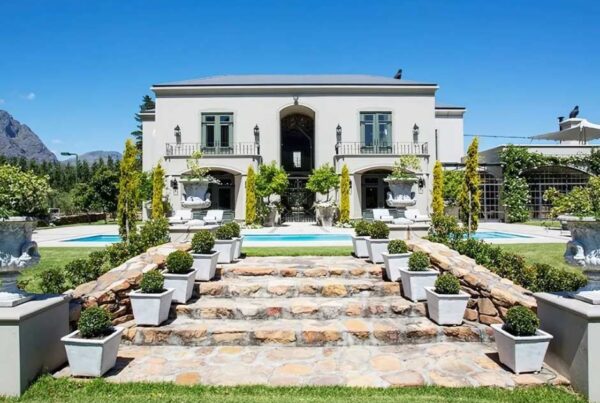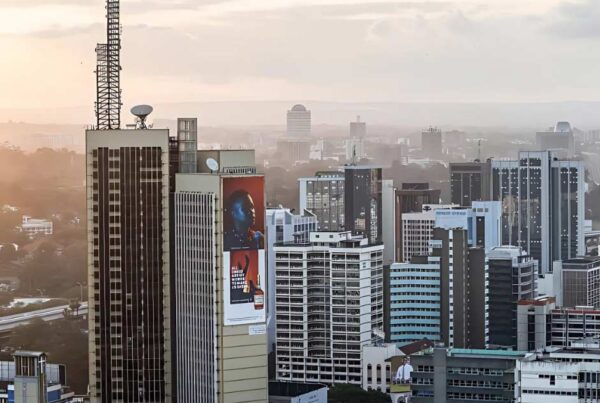With its terracotta-hued buildings, ancient medinas, and snow-capped Atlas Mountain views, Marrakesh has long captivated travellers. But today, this historic Moroccan city is attracting more than just tourists—it’s luring property buyers and investors seeking a unique blend of culture, lifestyle, and long-term growth. In the post-pandemic world, Marrakesh is undergoing a real estate reawakening, fuelled by foreign interest, eco-conscious development, and renewed domestic confidence.
After a period of stagnation during the COVID-19 pandemic, Marrakesh’s real estate sector has rebounded sharply. International buyers, particularly from France, Spain, Belgium, the UK, and the Gulf states, are returning to the market in force. Many are looking for second homes, while others are investing in vacation rentals, boutique hotels, or permanent relocations supported by Morocco’s improving digital infrastructure and remote work accessibility.
According to Morocco’s National Land Registry, property transactions in Marrakesh rose by over 22% in 2023, driven largely by foreign investment. Demand is strongest in neighbourhoods like the Palmeraie, Hivernage, Gueliz, and along the Route de l’Ourika, where luxury villas, restored riads, and gated communities offer privacy, amenities, and a blend of old-world charm with modern comfort.
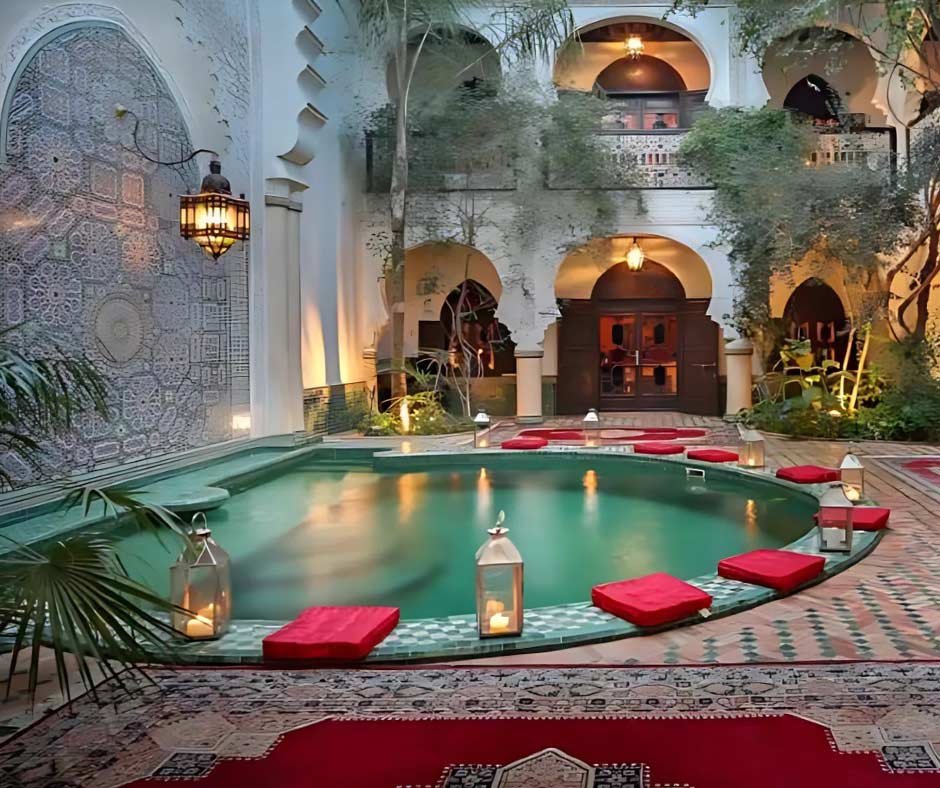
Prices vary significantly: a traditional riad in the medina might cost EUR 200,000 to EUR 600,000, while contemporary villas in the outskirts can range from EUR 500,000 to over EUR 2 million, depending on size, location, and luxury finishes.
A defining trend in Marrakesh’s property market is the rise of sustainable and eco-luxury developments. Buyers are increasingly drawn to homes with solar panels, rainwater harvesting systems, energy-efficient designs, and bioclimatic architecture that uses local materials and passive cooling.
Projects like Oasiria Residences, Terres d’Amanar, and the Sidi Abdellah Ghiat eco-village are examples of how developers are marrying Moroccan aesthetics with green living. These properties appeal to environmentally conscious investors looking to reduce their carbon footprint while enjoying the luxuries of resort-style living.
Moreover, Morocco’s government has supported these trends by promoting its Green Building Certification (LBNEB) and offering incentives for solar energy integration in new housing developments.
The recovery of Morocco’s tourism sector has also revitalized the short-term rental and hospitality-driven real estate market. Marrakesh welcomed over 3 million tourists in 2023, returning to near pre-pandemic levels. As a result, short-term rentals—especially traditional riads converted into guesthouses—are yielding significant returns for owners.
Platforms like Airbnb and Booking.com list hundreds of unique accommodations in the city, from minimalist desert retreats to elaborately restored medina homes. Occupancy rates for well-located properties range between 60% and 85%, depending on season and marketing efforts.
For investors, this presents a dual opportunity: purchase a vacation property for personal use, and rent it out profitably during the rest of the year. Many foreign buyers hire local property managers or hospitality companies to oversee rentals, ensuring smooth operations and compliance with Moroccan regulations.
While luxury properties grab the spotlight, Marrakesh is also experiencing growth in local middle-income housing. Areas like Sidi Youssef Ben Ali, Hay Targa, and Tamansourt have seen a rise in residential developments targeting domestic buyers, young professionals, and small families.
The Moroccan government continues to support affordable housing initiatives, offering tax breaks and reduced land prices to developers who meet affordability thresholds. Mortgage accessibility has also improved, with banks offering loan-to-value ratios of up to 90% and fixed interest rates for local buyers.
This dual-track market—luxury for international buyers and affordability for locals—has created a balanced and resilient ecosystem that can weather economic fluctuations more effectively than many regional counterparts.
Morocco has made significant strides in legal transparency and investor protections over the past decade. Foreigners can own property outright in most parts of the country (excluding agricultural land, unless under special circumstances), and the buying process is governed by notarized contracts, registered deeds, and a centralized land registry.
The digitalization of property records, as part of Morocco’s e-governance push, has further simplified ownership verification and transaction timelines. These improvements have helped build trust and ease of entry for international investors.
Major infrastructure upgrades, including the Marrakesh High-Speed Rail link, road improvements, and airport modernization, are enhancing accessibility and boosting the city’s investment potential. Meanwhile, the presence of international schools, private clinics, golf courses, and an expanding restaurant and cultural scene makes Marrakesh a comfortable year-round residence for expats and returnees alike.
Marrakesh represents a rare blend of historical depth and forward momentum. Whether it’s a centuries-old riad echoing with the sounds of a courtyard fountain or a sleek villa overlooking the Atlas Mountains, the city’s real estate offerings reflect a diversity that appeals to both the heart and the wallet.

